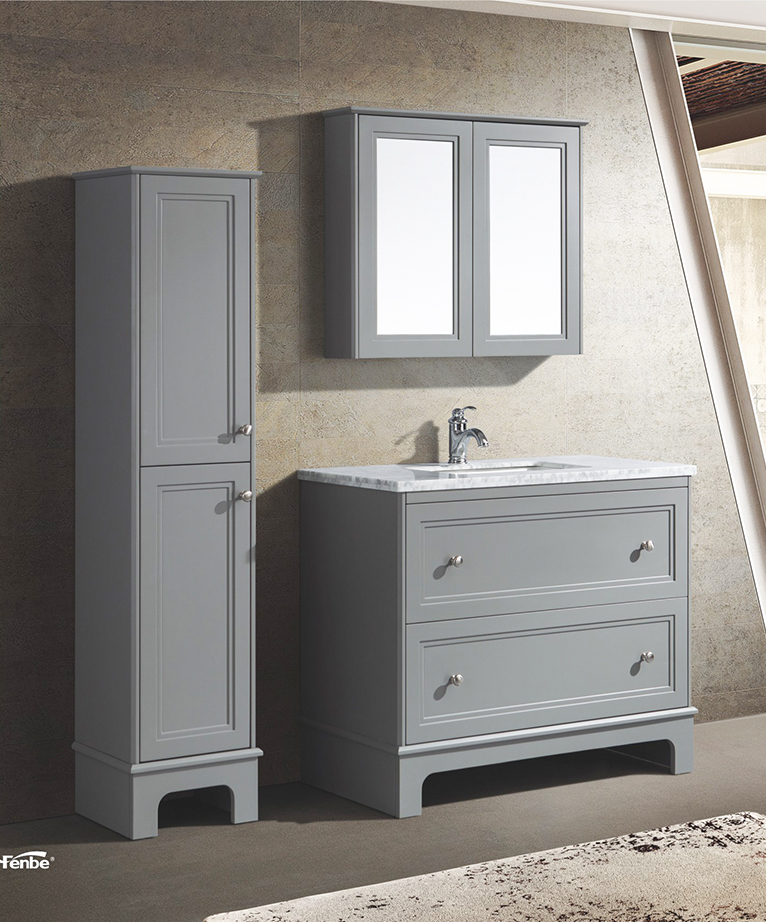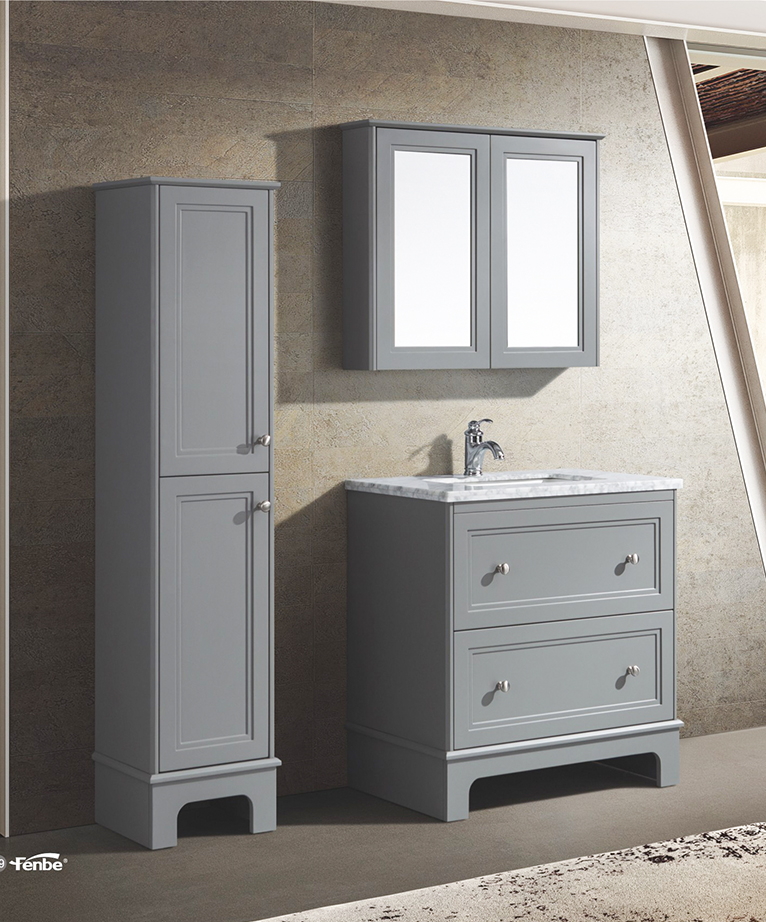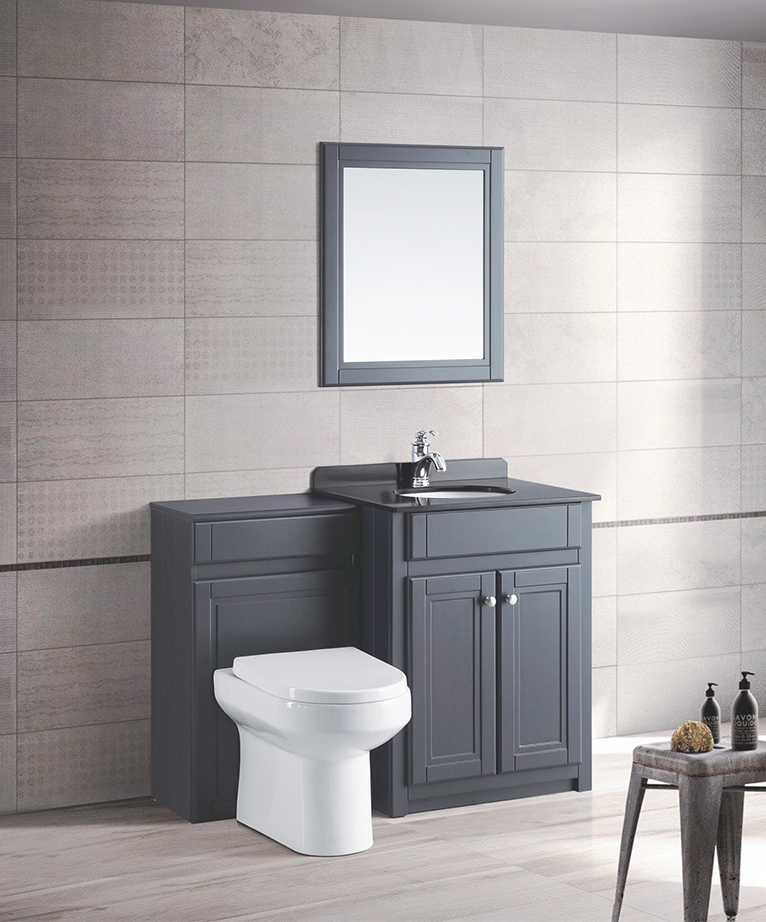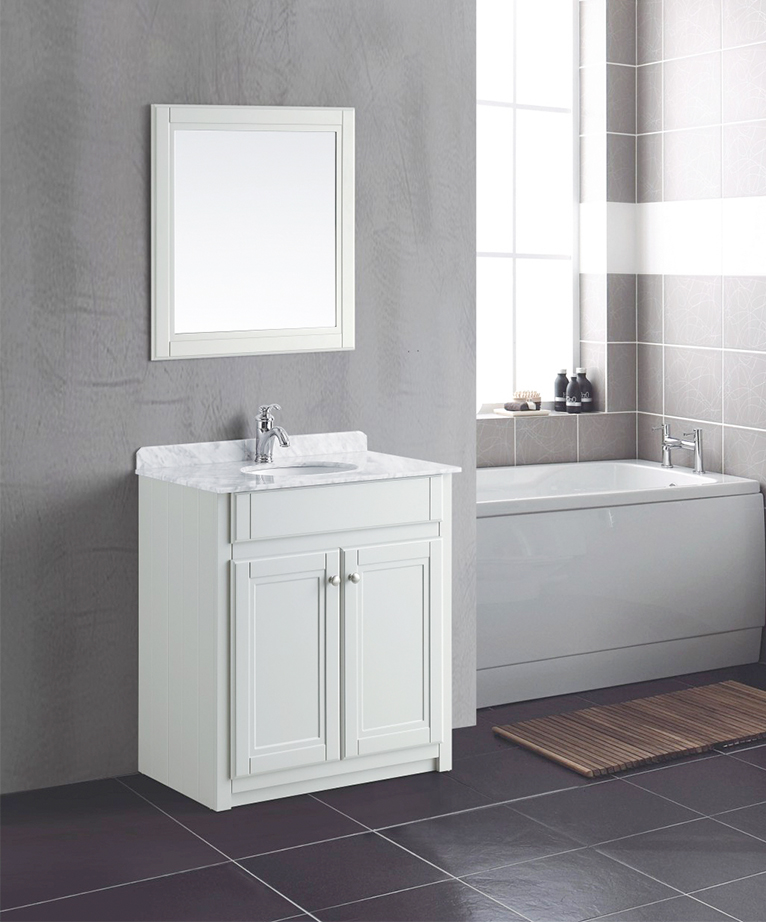Choosing the right size and shape of a bathroom basin is essential for creating a functional and aesthetically pleasing bathroom design. Several factors should be considered when making this decision:
Available Space:
Measure the available space in your bathroom carefully, including the width and depth of the area where you intend to install the basin. Ensure that the chosen basin size fits comfortably within this space without obstructing other fixtures or walkways.
Bathroom Layout:
Consider the layout of your bathroom, including the location of existing plumbing and fixtures. The basin should be placed in a convenient and accessible location, and its size and shape should complement the overall flow of the bathroom.
User Needs and Preferences:
Think about who will be using the bathroom and their specific needs. For example, in a family bathroom, you may want a larger basin to accommodate multiple users simultaneously. In a guest bathroom or powder room, a smaller basin may be sufficient.
Style and Aesthetics:
Choose a basin that complements the overall style and decor of your bathroom. The shape, color, and material of the basin should align with your design preferences, whether you prefer a modern, traditional, minimalist, or eclectic look.
Storage Space:
Consider whether you need additional storage space in your bathroom. Some basins come with integrated cabinets or shelves underneath, while others have space-saving designs that prioritize counter space.
User Height:
Take into account the height of the people who will be using the basin. Wall-mounted basins can be positioned at the ideal height for users, while countertop basins may require customized cabinetry or a specific counter height.
Functionality:
Think about how you plan to use the basin. If it's a primary sink for everyday tasks, you may want a larger basin with additional features like dual faucets. If it's a secondary basin in a guest bathroom, a smaller and simpler design may suffice.
Plumbing and Installation:
Ensure that your plumbing connections and fixtures are compatible with the chosen basin size and shape. Consider the location of existing plumbing lines, drain placement, and wall or counter supports for wall-mounted or countertop basins.
Maintenance and Cleaning:
Different basin shapes and sizes may have varying degrees of ease when it comes to cleaning. Consider how easy it will be to clean the basin, faucet, and surrounding areas to maintain a hygienic and tidy bathroom.
Budget:
Your budget can influence your choice of basin size and shape. Larger or more complex basin designs may come at a higher cost, so it's essential to strike a balance between your design preferences and your budget.
Accessibility:
If the bathroom is intended for use by individuals with mobility challenges, consider a basin that is accessible and complies with accessibility guidelines, such as a basin with knee clearance for wheelchair users.
Ventilation:
Proper ventilation is crucial in bathrooms to prevent moisture buildup and mold. Ensure that the chosen basin does not obstruct or impede the effectiveness of ventilation systems, such as exhaust fans or windows.

 English
English Español
Español



